- February 10, 2024
- Annina
- Italian Culture
- One Comments
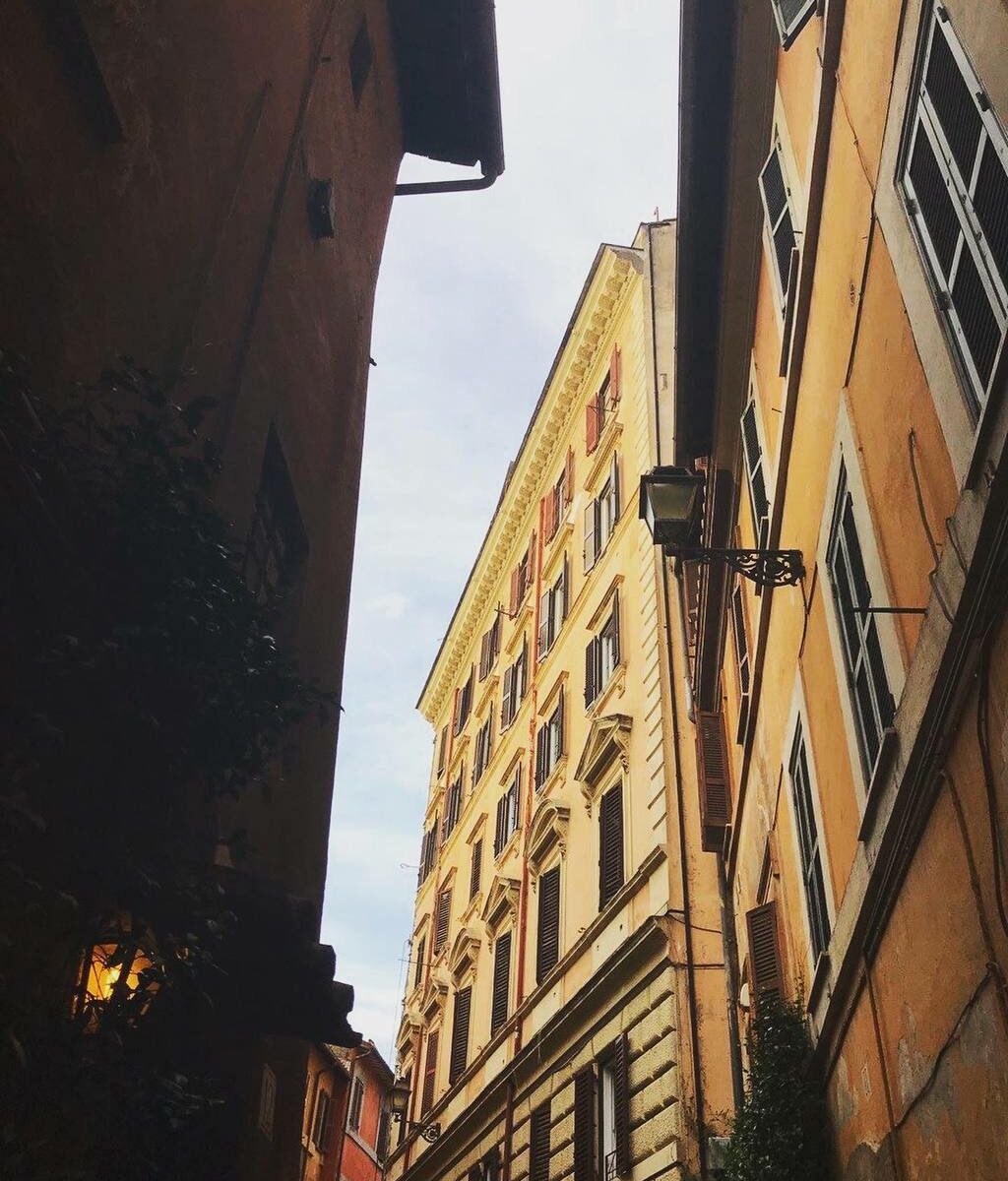
Italian philosophy of life in contrasts (p. 8): Trastevere – authentic Roman neighborhood
”Prendi solo ricordi, lascia solo tracce“
“Take only memories, leave only footprints”
Lido di Ostia, Ostia Antica involuntarily awaken the desire to still abstract from the historical center with its majestic architecture and continue to see Rome as cozy, warm, and authentic.
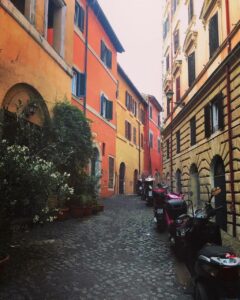
The Trastevere district is located south of the Vatican, on the west bank of the Tiber River. The name comes from the Latin “Trans Tiberim“, which literally translates to ‘beyond/across the Tiber.’ Trastevere evolved throughout the Middle Ages until it acquired its modern appearance with numerous colorful narrow cobblestone streets, family trattorias with local cuisine, low buildings covered in dark green ivy and flowers.
Even a not very long walk through the area will inevitably lead you to the heart of Trastevere at the Santa Maria in Trastevere square with the church of the same name and a fountain.
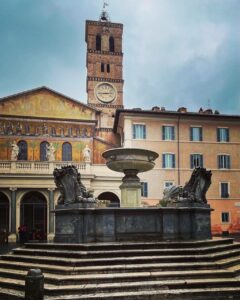
The basilica dates back to the 3rd century and is considered one of the oldest churches in Rome. The modern facade and bell tower are executed in the 12th-century Romanesque style. Inside, the church captivates with mosaics, frescoes, and sculptures.
One of its features is the mosaic floor made of colored marble and stone, created in the 13th century by the Cosmati family, unique marble craftsmen. Cosmatesque art (Italian: arte cosmatesco) is a mosaic composed of small pieces of multicolored stone and marble arranged in geometric figures.
The fountain in the square was presumably built in the 8th century and served as a source of drinking water for the residents of the area in the Middle Ages. Its modern Baroque appearance is credited to Donato Bramante and later additions by Lorenzo Bernini and Carlo Fontana.
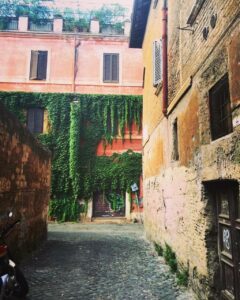
Getting lost in the maze of winding streets, you will inevitably wander into small quarters filled with vegetation. The walls of houses are covered in green ivy, which flourishes abundantly in summer.
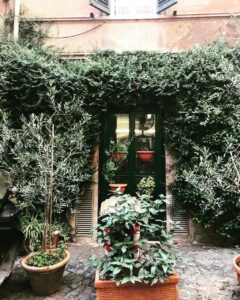
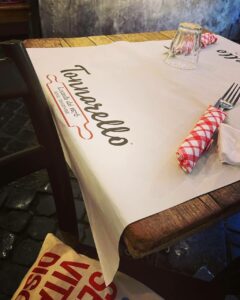
You’ll come across one of the cozy trattorias, for example such as Tonnarello, where you can taste homemade dishes of local Roman cuisine at a comfortable table. The daytime stroll gradually turns into an evening rendezvous with Trastevere, and there are still numerous hidden attractions of this unique area ahead…

The charm of Trastevere lies in its genuine authenticity, natural beauty. Time has slowed down here. Rome appears more tranquil, ‘escaped’ from crowds of tourists and urban traffic. Street musicians, sounds of plates and glasses from bustling pizzerias, medieval alleys, houses entwined with plants create a unique, romantic, and slightly mysterious atmosphere. The air carries the spirit of medieval times, the time of the real Rome.
Let’s go ‘from tourism to lifestyle.’










One Reply to “Italian philosophy of life in contrasts (p. 8): Trastevere – authentic Roman neighborhood”